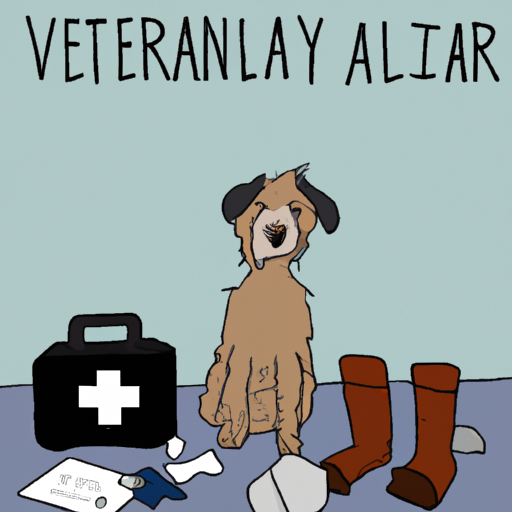“`markdown
What is Pica in Dogs and How is it Treated?
1. Understanding Pica in Dogs
As a caregiver, you are always on the lookout for any unusual behavior in your pet. One such condition that might have caught your attention is Pica – a compulsive eating disorder where dogs consume non-food items. This could range from rocks, plastic, cloth, paper, and even feces.
This condition can be quite alarming, especially considering the potential harm these foreign objects might cause to your pet’s digestive system. It is important to know that Pica is more than just a quirky behavior. It is a medical condition that requires attention.
2. Recognizing the Signs of Pica in Dogs
Observation is your greatest tool. Here are some common signs that your pet might be suffering from Pica:
- Persistent consumption of non-food items
- Gastrointestinal distress like vomiting or diarrhea
- Sudden weight loss
- Lethargy
- Changes in appetite
3. The Possible Causes of Pica
While the exact cause of Pica in dogs is unknown, there are several theories and factors that might contribute to this behavior:
- Nutritional deficiencies: Some dogs might consume objects to compensate for a lack of certain nutrients.
- Behavioral issues: Boredom, anxiety or attention-seeking behavior could lead to Pica.
- Medical conditions: Underlying diseases like diabetes, thyroid problems, or brain lesions might trigger Pica.
4. Treating Pica in Dogs
The treatment of Pica in dogs depends largely on the cause. Here are some general steps:
- Consult a vet: A professional diagnosis is the first step.
- Modify diet: If the Pica is caused by nutritional deficiencies, a vet might recommend a diet change.
- Training and enrichment: If the cause is behavioral, increasing mental stimulation and physical exercise can help.
- Medical treatment: Should an underlying disease be the cause, appropriate medical treatment would be required.
| Steps | Description |
|---|---|
| Consult a vet | A professional diagnosis is the first step. |
| Modify diet | If the Pica is due to nutritional deficiencies, a vet might recommend a diet change. |
| Training and enrichment | If the cause is behavioral, increasing mental stimulation and physical exercise can help. |
| Medical treatment | Should an underlying disease be the cause, appropriate medical treatment would be required. |
5. Prevention of Pica
Prevention is better than cure. Always ensure your dog has a balanced diet, sufficient mental stimulation, and regular check-ups. Keep your environment clean and free from objects that your dog might swallow.
FAQ Section
Q1: Is Pica in dogs a life-threatening condition?
Not necessarily, but if untreated, it can cause serious health complications.
Q2: Can Pica in dogs be cured completely?
Yes, with proper treatment and management, Pica can be controlled and even eliminated.
Q3: Can certain breeds be more prone to Pica?
There is no definitive evidence to suggest that certain breeds are more prone to Pica. However, any dog can develop this condition.
Remember, as a caregiver, you are the first line of defense in your pet’s health. Stay observant, stay informed, and seek veterinary help when needed.
“`



